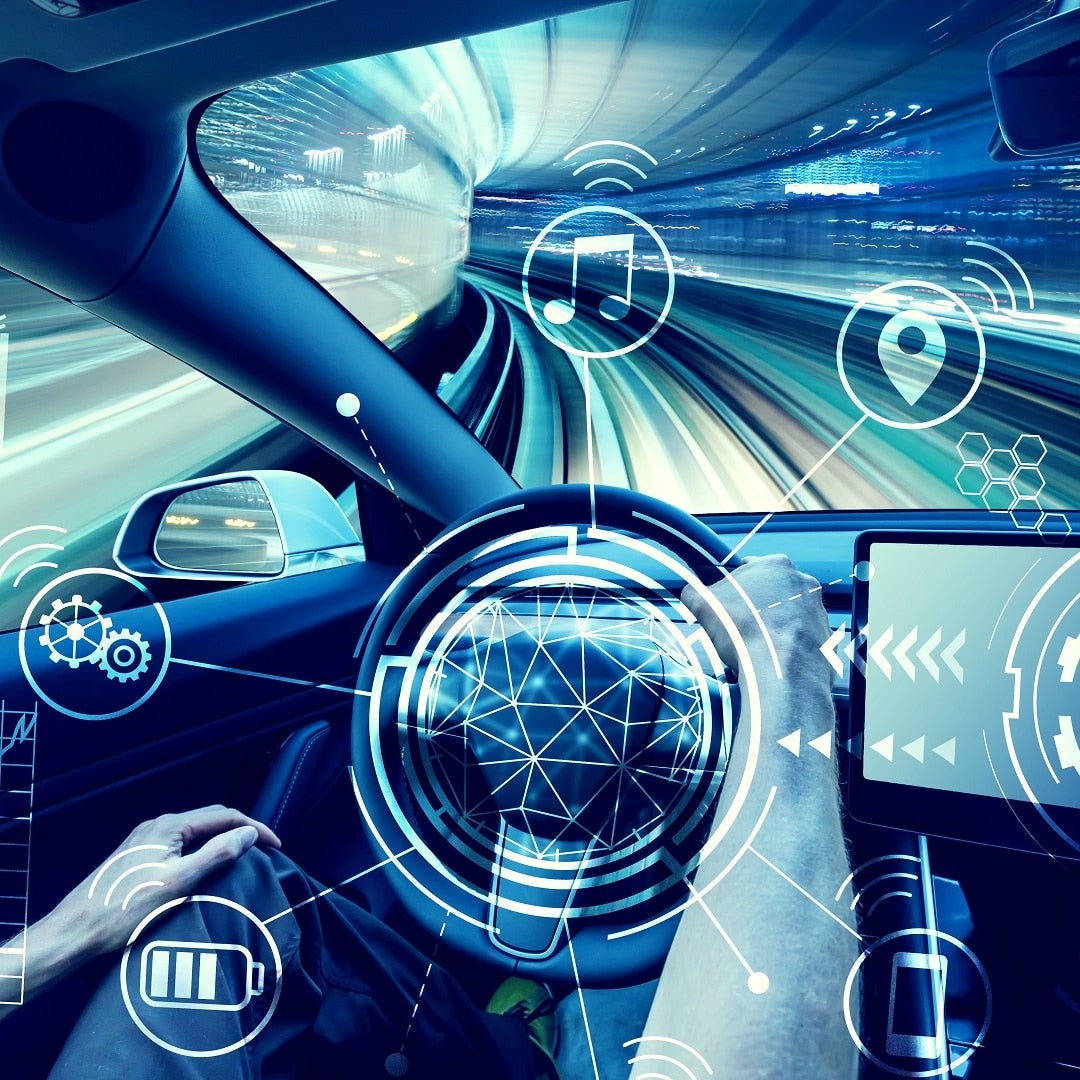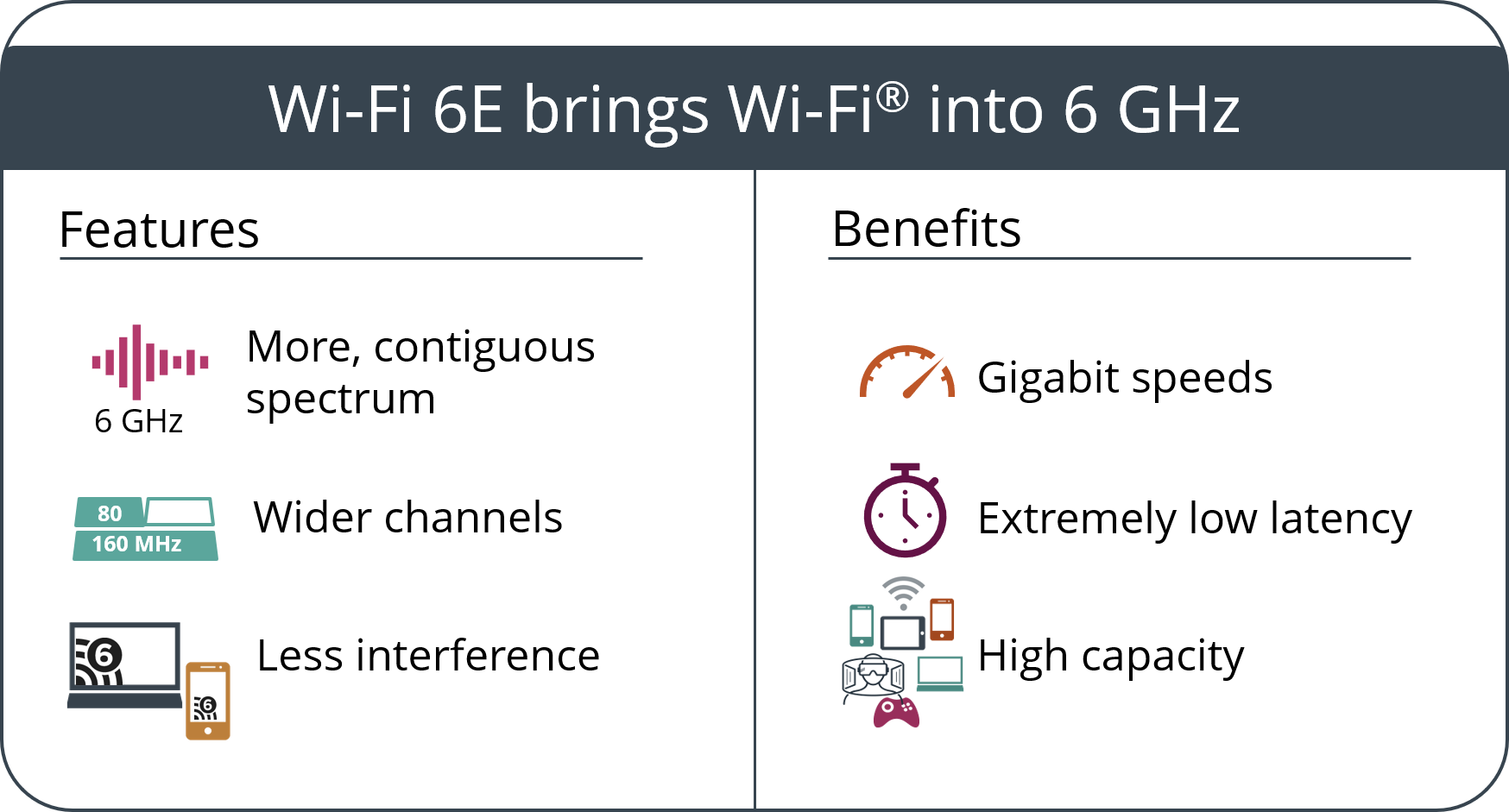方案
By Technology
二月 16, 2022
Share:

The automotive industry is entering a fascinating era in which technological advancements and electronics transform the ecosystem and value chain. The vehicle is fundamentally changing from a tool used to merely move us from point A to B into an intelligent, fully connected hub that comes with a variety of new experiences for consumers and new monetization opportunities for OEMs and service providers. Wi-Fi will be essential for driving automotive transformation globally.
Intelligent vehicles need connectivity
Connectivity has been a critical emphasis for carmakers. Vehicles today come with a high level of intelligence, generating volumes of data from a multitude of sensors indicating how they are used, where they are, and what surrounds them. With large sets of telematics data uploaded to the cloud, carmakers can analyze engine performance parameters, braking and steering systems, and energy efficiency, feeding into next-generation product development. Carmakers can offer premium service packages that are more service-oriented and personalized by analyzing data collected from exterior sensors such as surround-view cameras and LiDAR detectors for real-time traffic conditions, roadside assistance, and travel concierge.
In-vehicle connectivity plays a crucial role in driving a differentiated consumer experience. The next-generation infotainment system or digital cockpit is being reinvented as a more social and connected space with rich content and services. Robust connectivity with higher bandwidth and lower latency is required to upgrade software frequently as consumer use cases evolve. McKinsey’s 2020 autonomous driving, connectivity, electrification, and shared mobility (ACES) survey showed that 37 percent of consumers would switch car brands for better connectivity. This figure is even higher in some countries, for example, 56 percent in China.
Many premium cars are already equipped with Wi-Fi 5 today for connecting vehicle and passenger devices to the cloud. With the new trends and value proposition in mind, carmakers are increasingly adding the latest Wi-Fi 6 and Wi-Fi 6E infotainment and telematics systems to futureproof and keep up with digital transformation and service demand over the vehicle’s lifespan.
Wi-Fi 6 and Wi-Fi 6E adoption and benefits
Today connected cars generate around 25 gigabytes (GB) of data per hour. As the level of intelligence moves to higher autonomy and the number of sensors rapidly increases, the amount of data generated per day can range from 5 to 10 terabytes (TB) for a passenger car to as high as hundreds of TB per day in the case of a self-driving taxi. A significant portion of this data will be uploaded to the cloud for inferences and analytics. This is where Wi-Fi 6 and Wi-Fi 6E come in to provide ubiquitous, high-bandwidth, and cost-effective connectivity.
Wi-Fi 6 has seen substantial market adoption since its initial release in 2019, with nearly 2.3 billion device shipments expected this year[1]. Given the long development cycle and lifespan of vehicles, carmakers increasingly look to add the latest Wi-Fi technology. Wi-Fi 6E comes with extended capabilities that significantly benefit connected vehicles.
Low Latency: Only Wi-Fi 6E devices can access the 6 GHz band today. Therefore, 6 GHz usage will effectively be a greenfield with a more efficient protocol reserved for low-latency and timing-sensitive applications. Carmakers implementing Wi-Fi 6E in the infotainment system can advertise a much better user experience for rich multimedia and gaming services or phone connectivity such as Carplay.

Transforming value chain and monetization
In addition to benefitting carmakers and consumers, intelligent, connected cars reward additional partners in the value chain.
The possibilities are endless in which a connected vehicle with data analytics can unlock new partnerships and monetization opportunities for the carmaker beyond traditional means.
Connectivity has increasingly been a flagship feature of any carmaker’s offering. Consumers expect to be connected everywhere and to have access to seamless services, whether inside the car, parked at home, or waiting at an EV charging station. Wi-Fi is ubiquitous and continues to be the most robust and cost-effective connectivity technology for carmakers to create differentiation and unlock new revenue streams.
[1] IDC Research, January 2022